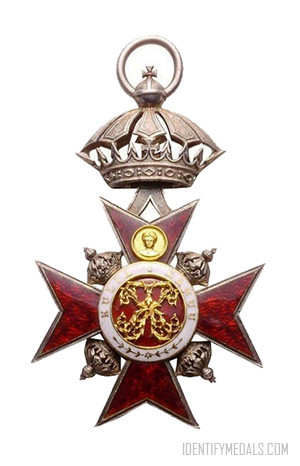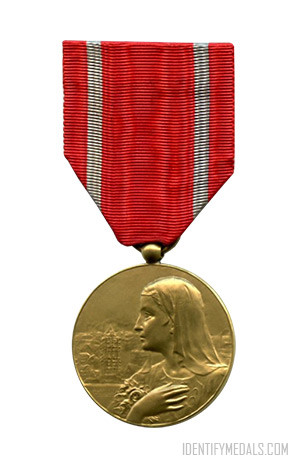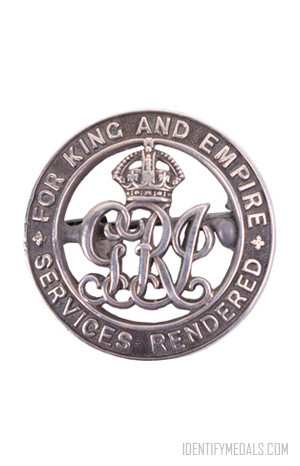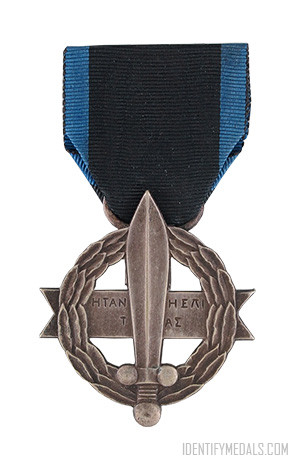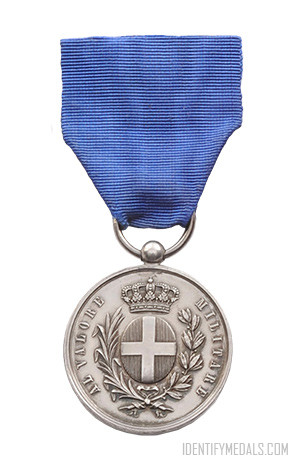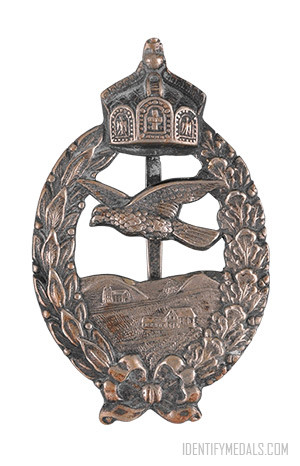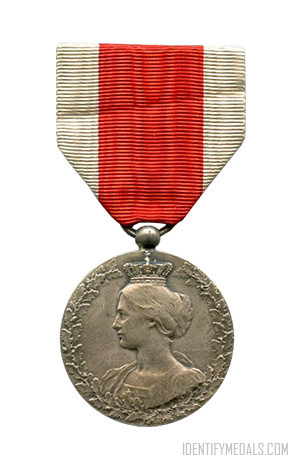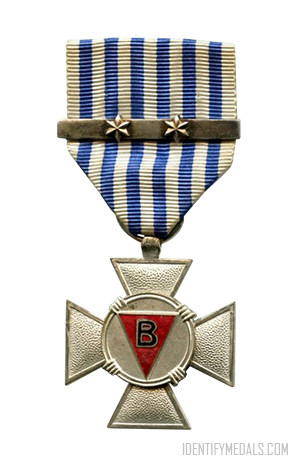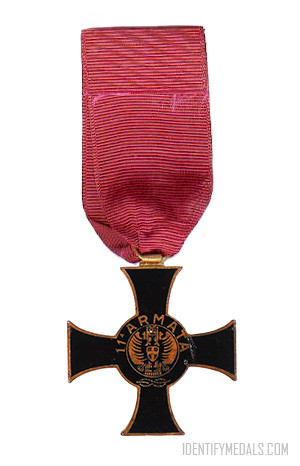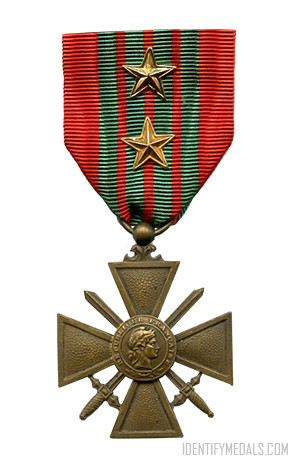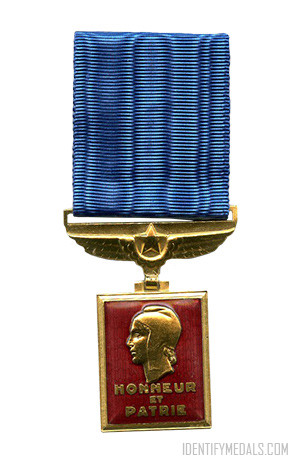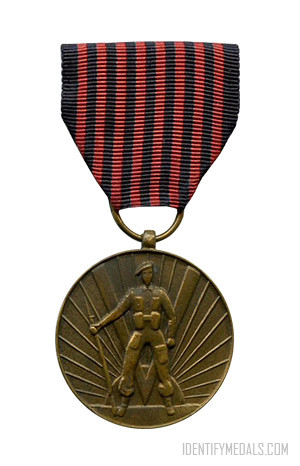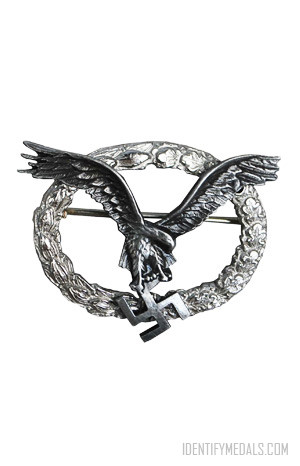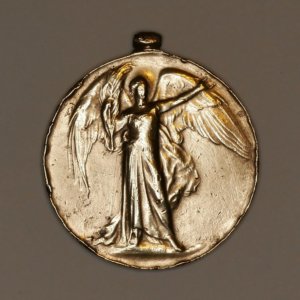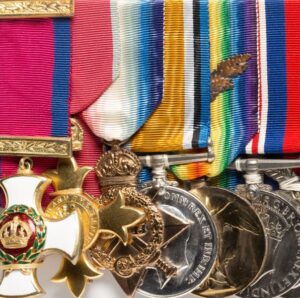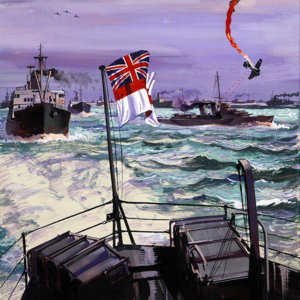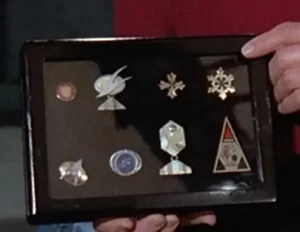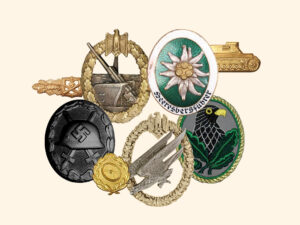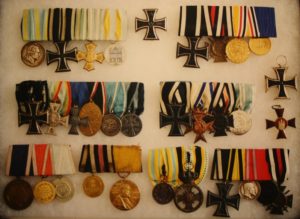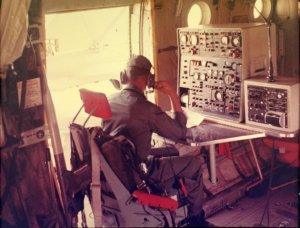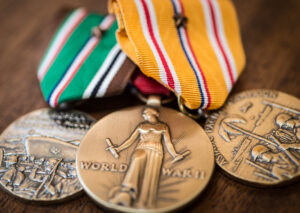- Time Period: Pre-WW1 Period
- Year of Institution: 1880
- Country: Hawaii
The Royal Order of Kapiolani is a Hawaiian order instituted in 1880 by King Kalākaua to recognize services in the cause of humanity, Science and the Arts, or for special services rendered to the Kingdom of Hawaiʻi.
The Order is named in honor of his ancestor High Chiefess Kapiʻolani the Great, an early exponent of Christianity in the Hawaiian Islands. It also honored his wife Queen Kapiʻolani, the namesake of the first Kapiʻolani.
The Royal Order of Kapiolani was awarded 177 times in all grades during Kalākaua’s reign, and three more times by his successor, Queen Liliʻuokalani. The last award of the Order took place on June 2, 1892.
The Order was awarded in six grades:
- Grand Cross – 12 recipients
- High Grand Officer – 15 recipients
- Grand Officer – 20 recipients
- Commander – 30 recipients
- Officer – 50 recipients
- Companion (Knight) – 60 recipients
- Medal of Honor – no limit to recipients, 1st (silver) and 2nd-degree (bronze)
In 1893 the Order became obsolete.
The Royal Order of Kapiolani Design
The insignia of the Grand Cross includes a badge, a breast star and grand cordon.
The badge comprises a red enamelled gold Maltese cross, surmounted by a gold Hawaiian crown. Between the arms of the cross are gold Hawaiian crowns in angles. A center disc of red and white enamel displays a gold double-K monogram, surrounded by a white enamel band, on which is inscribed “KULIA I KANUU” or “Strive to Reach the Summit“. At end of the cross is a small, gold locket with the portrait of Queen Kapiʻolani. On the reverse is a single red disc, with the motto “KULIA”.
The star of the Grand Cross of Order is an octagonal silver star, on which is superimposed the badge without the surmounted crown.
The grand cordon is yellow, bordered by narrow stripes of the colors the Hawaiian flag: white, red and dark-blue. The badge is fastened to the sash’s bow and rests on the hip.
For High Grand Officers, the badge is not worn on a sash but on a neck ribbon of alternating yellow and red strips. Grand Officers wear only the breast star. The Commander wears only the sash the crowns between the arms of the cross on the badge are silver, not gold. The Officer and Companion cross use a smaller badge. The Medals of Honor lack the crowns between the arms of the cross and the badge’s crown surmounting the cross. The medal of the 1st-degree is made of silver, and the 2nd-degree of bronze.

